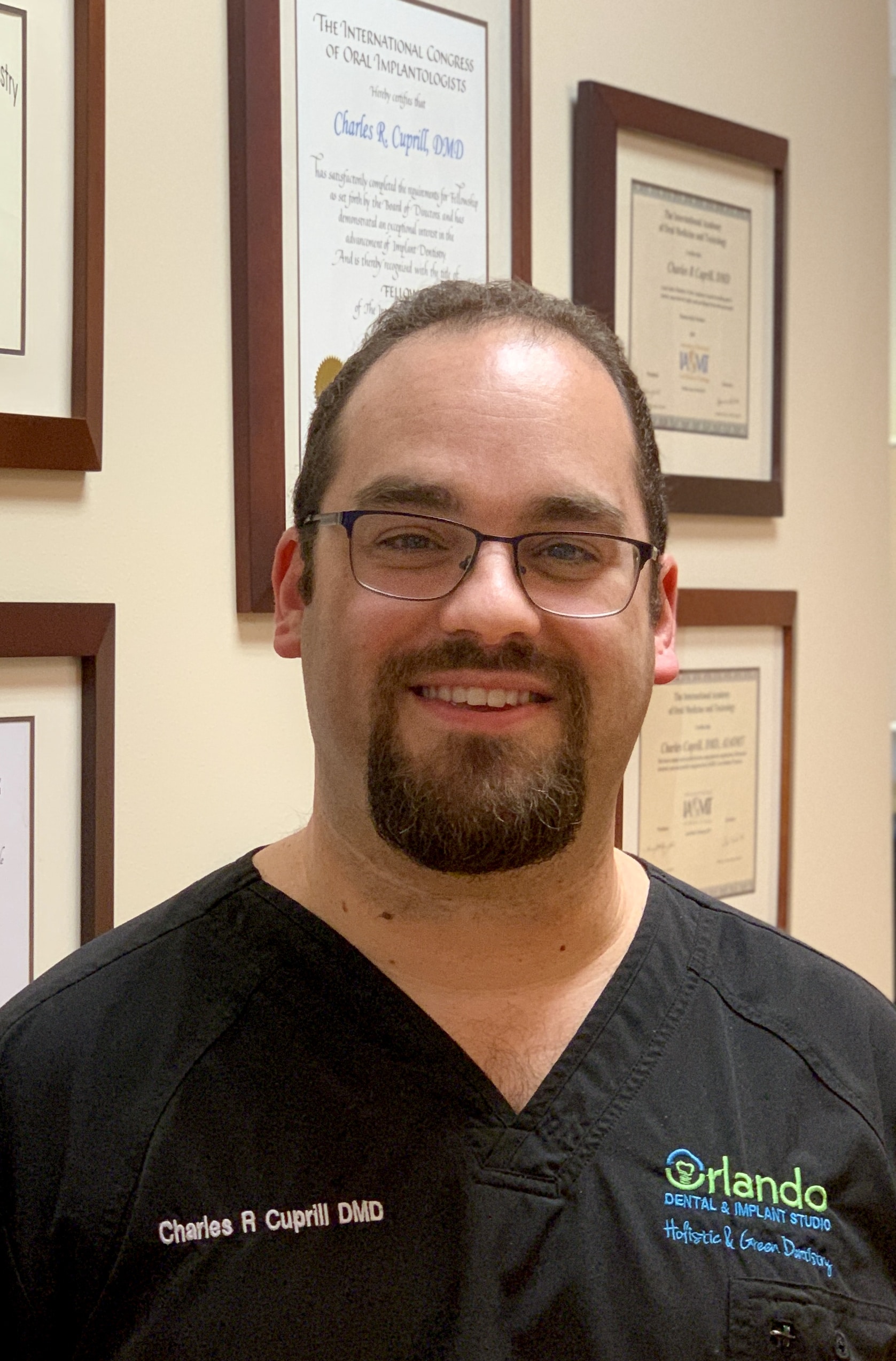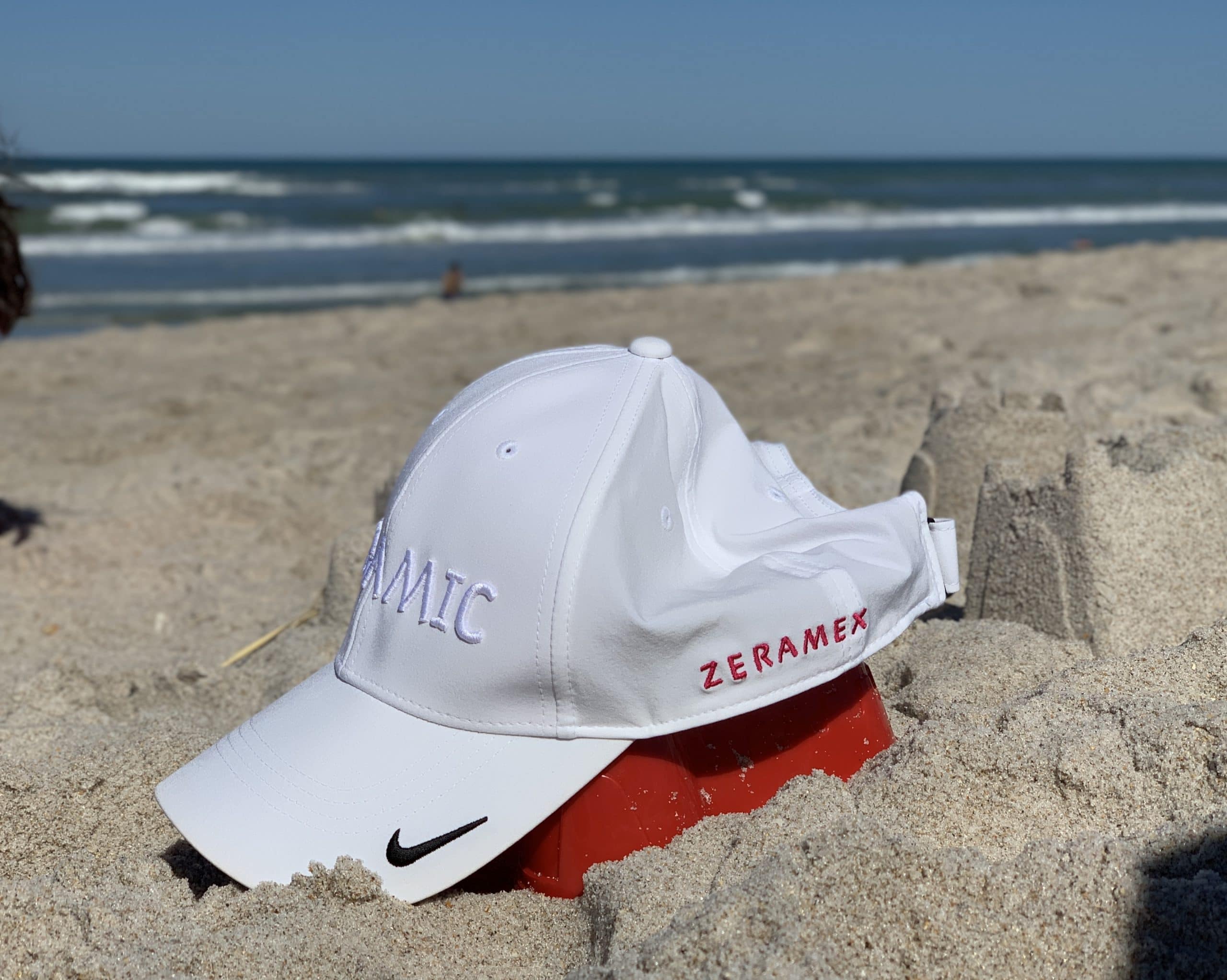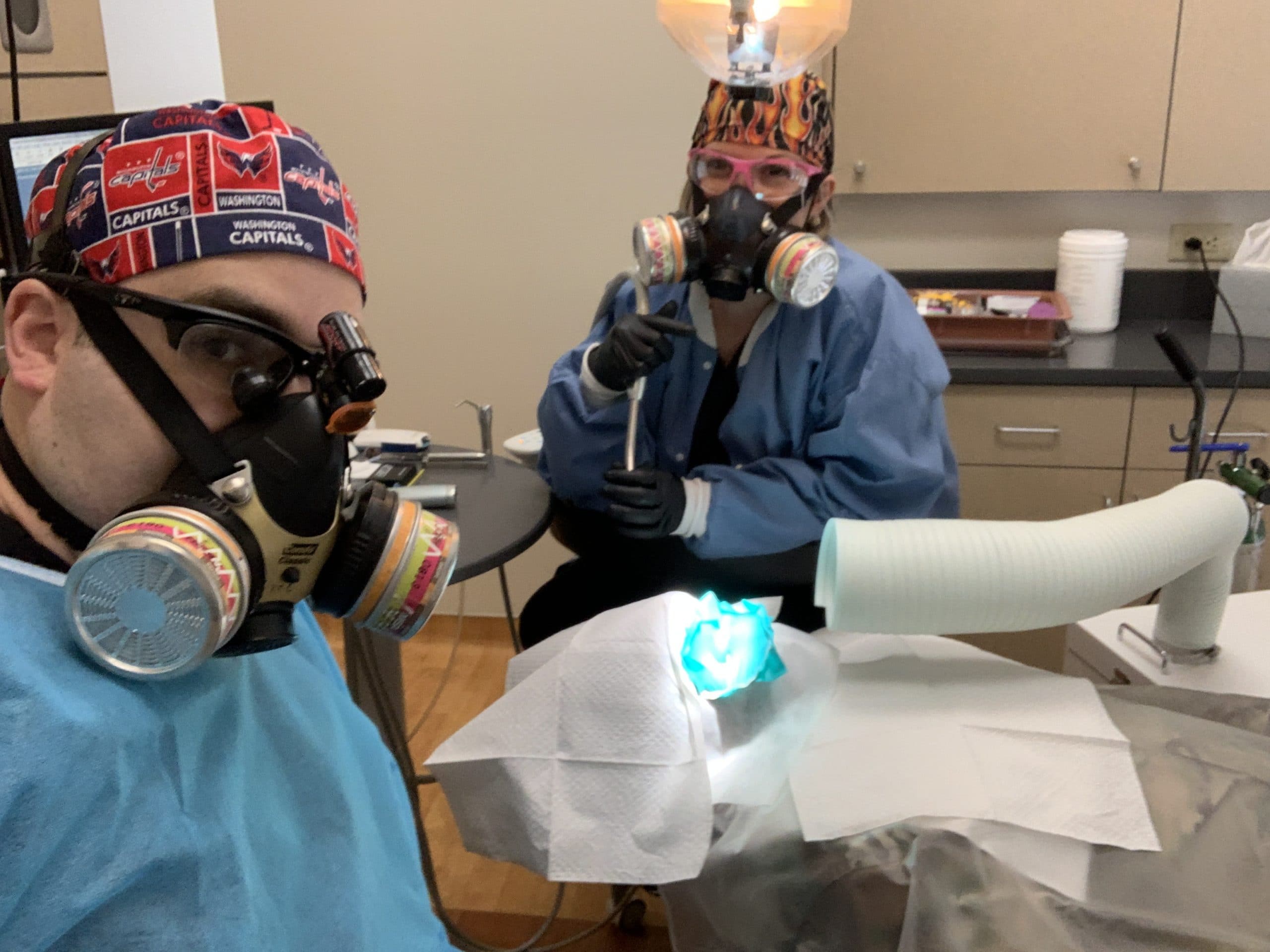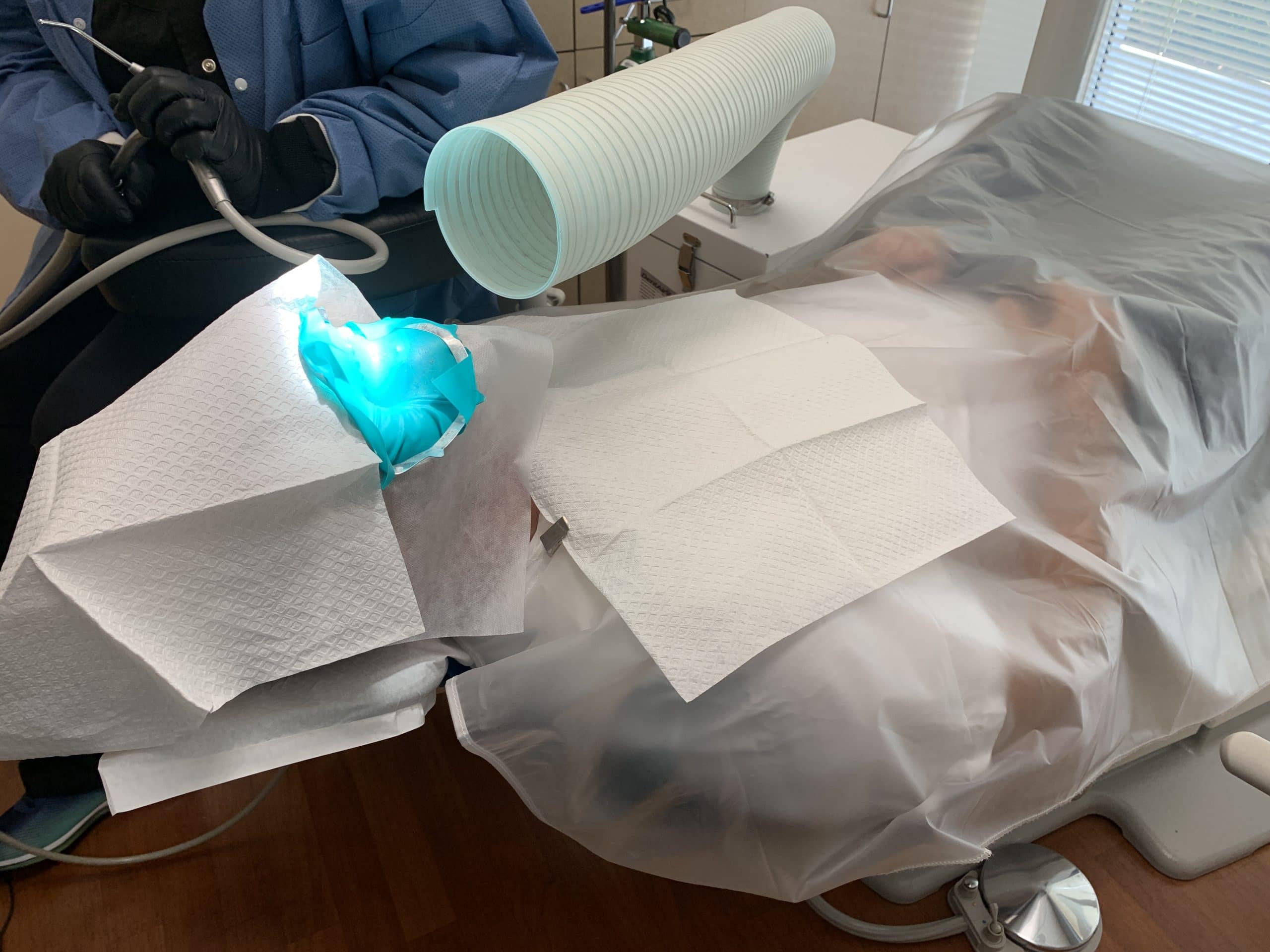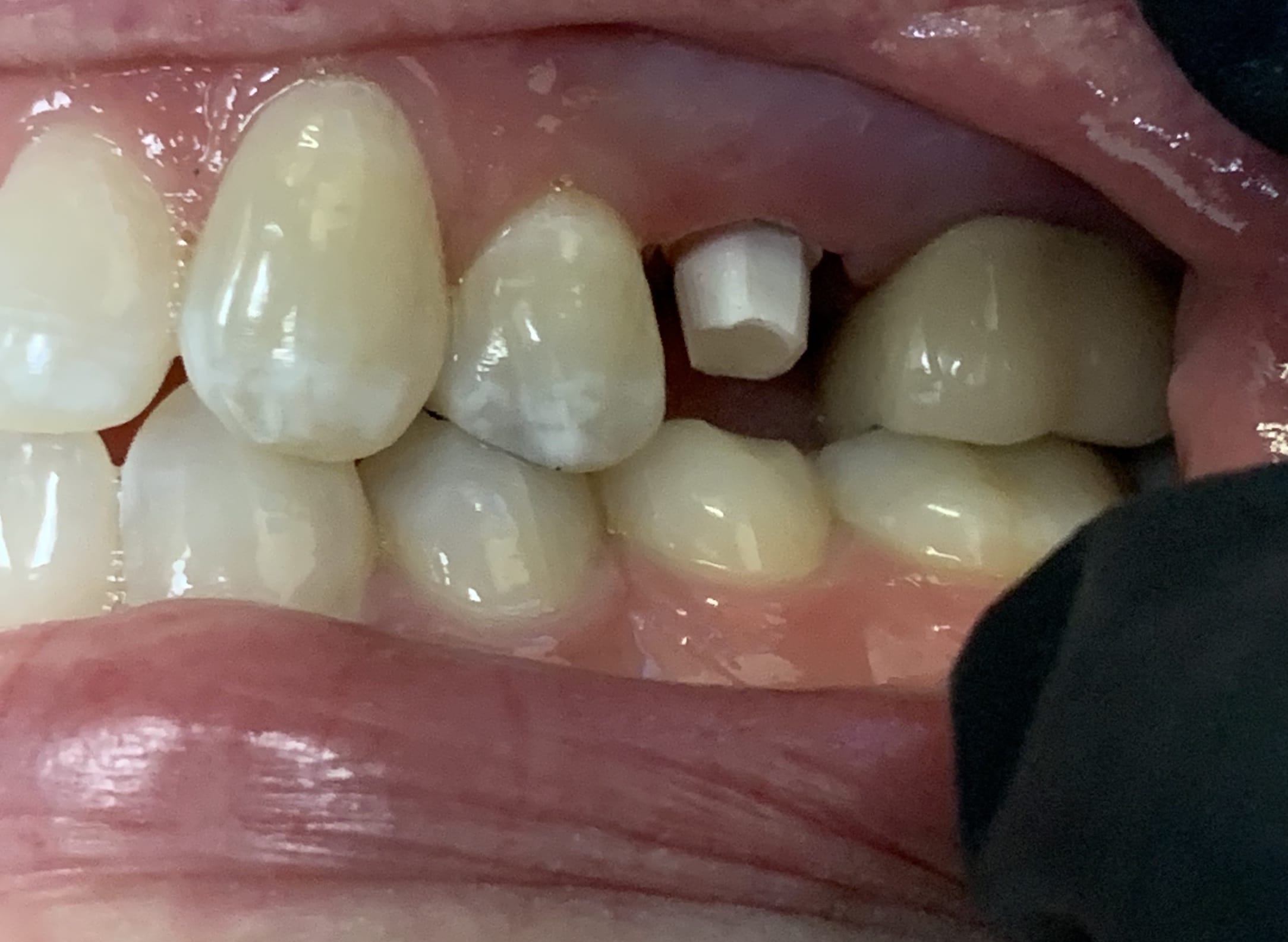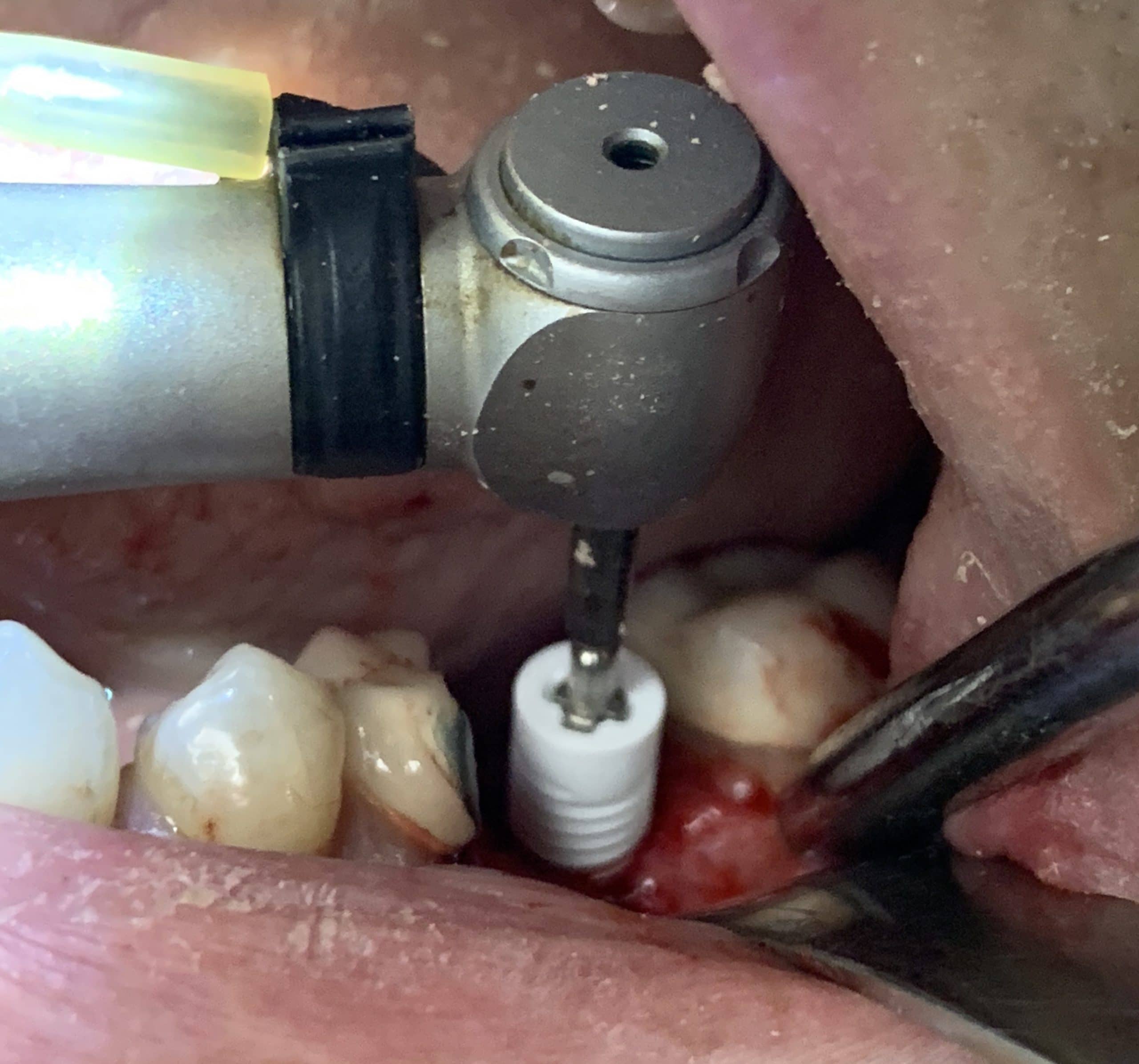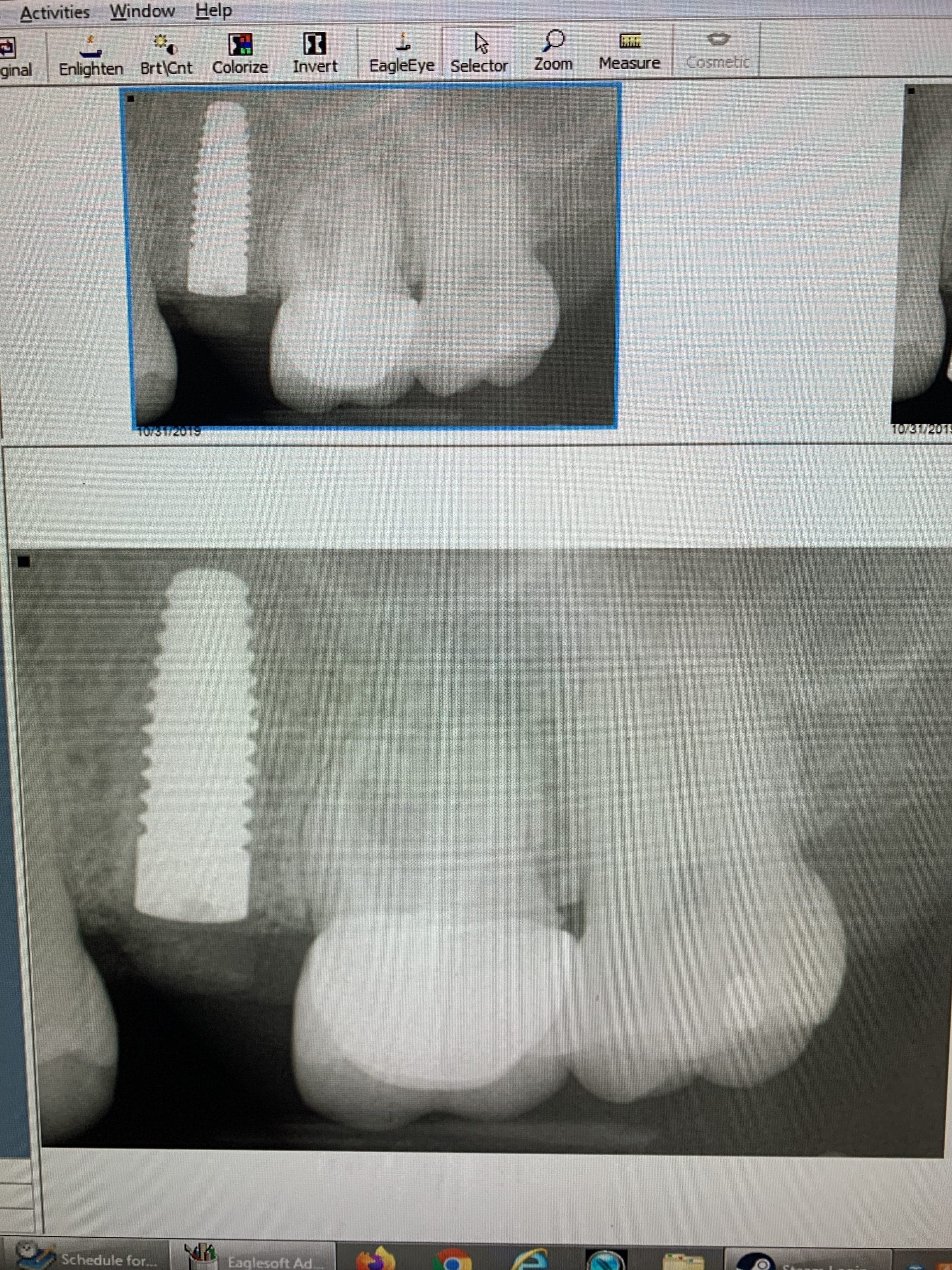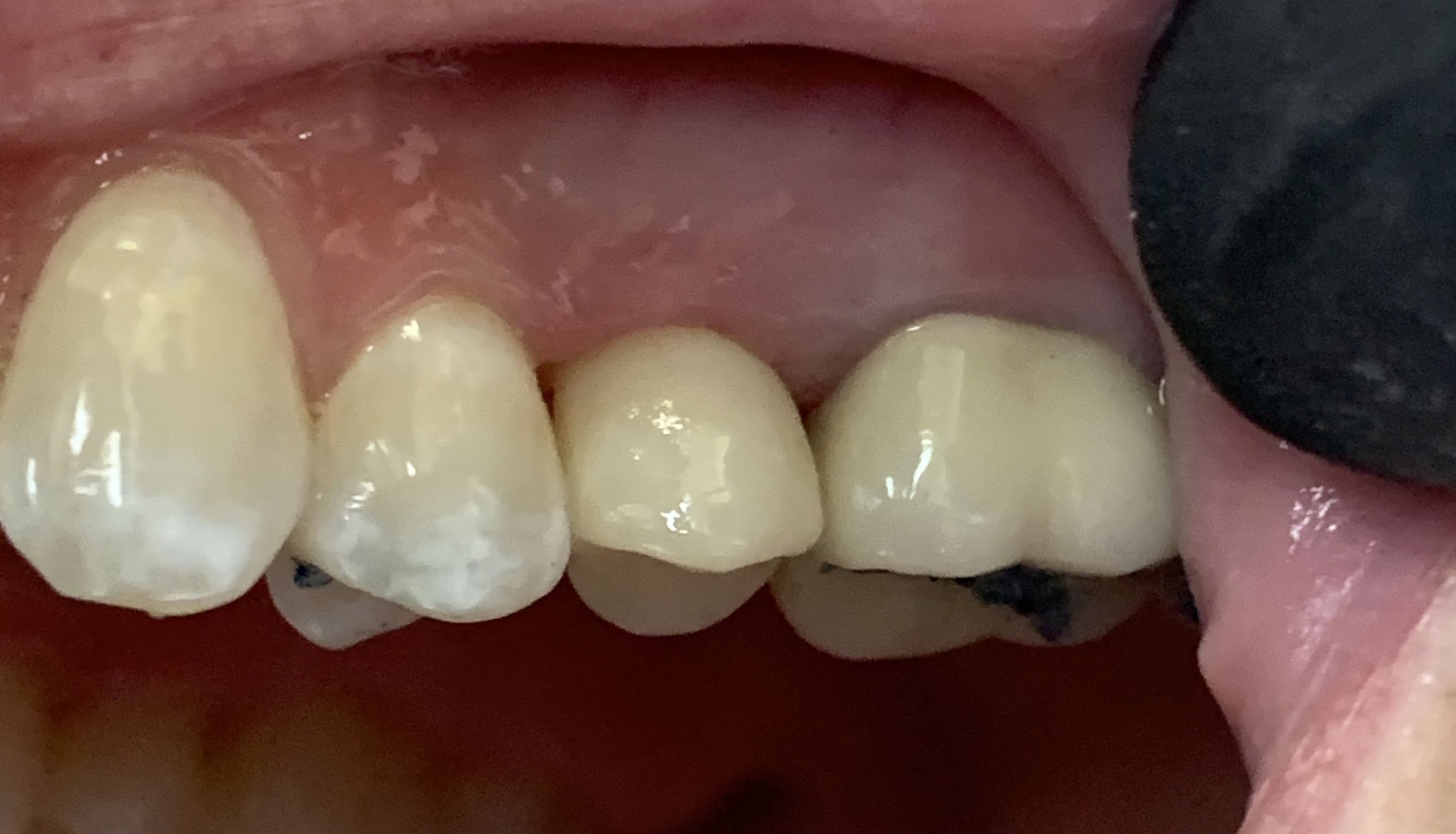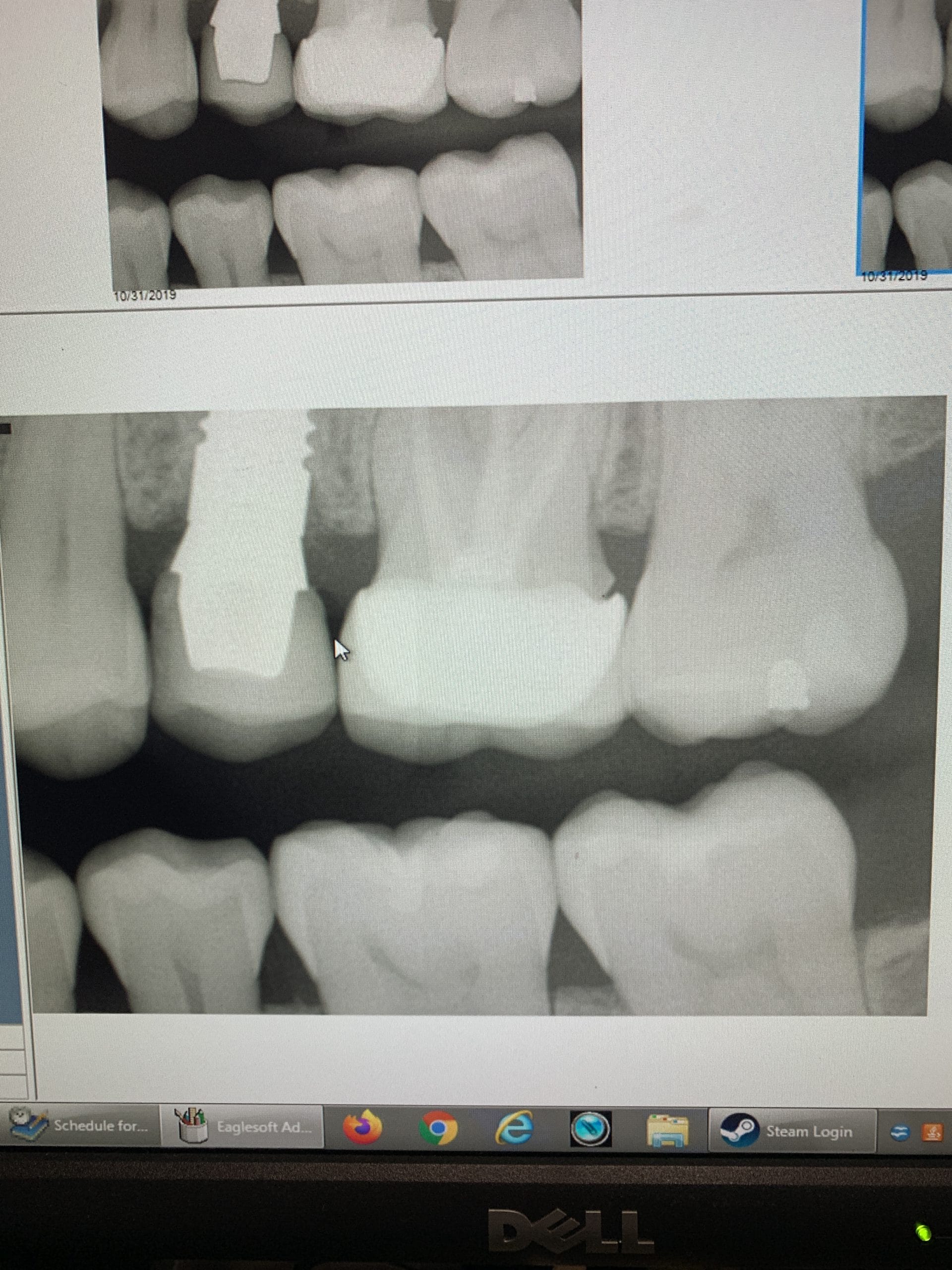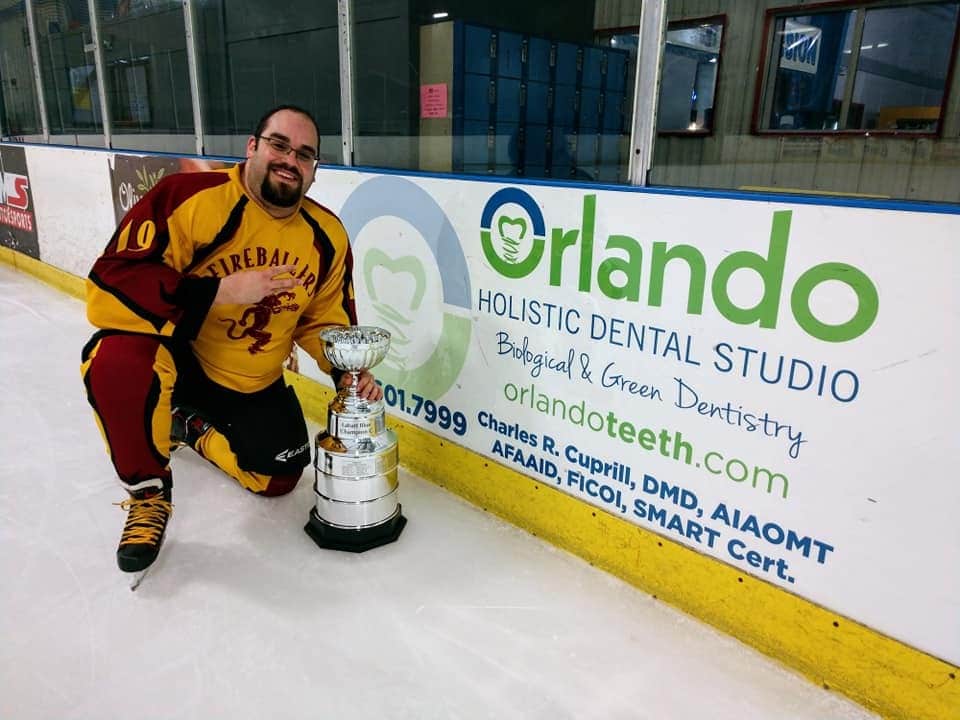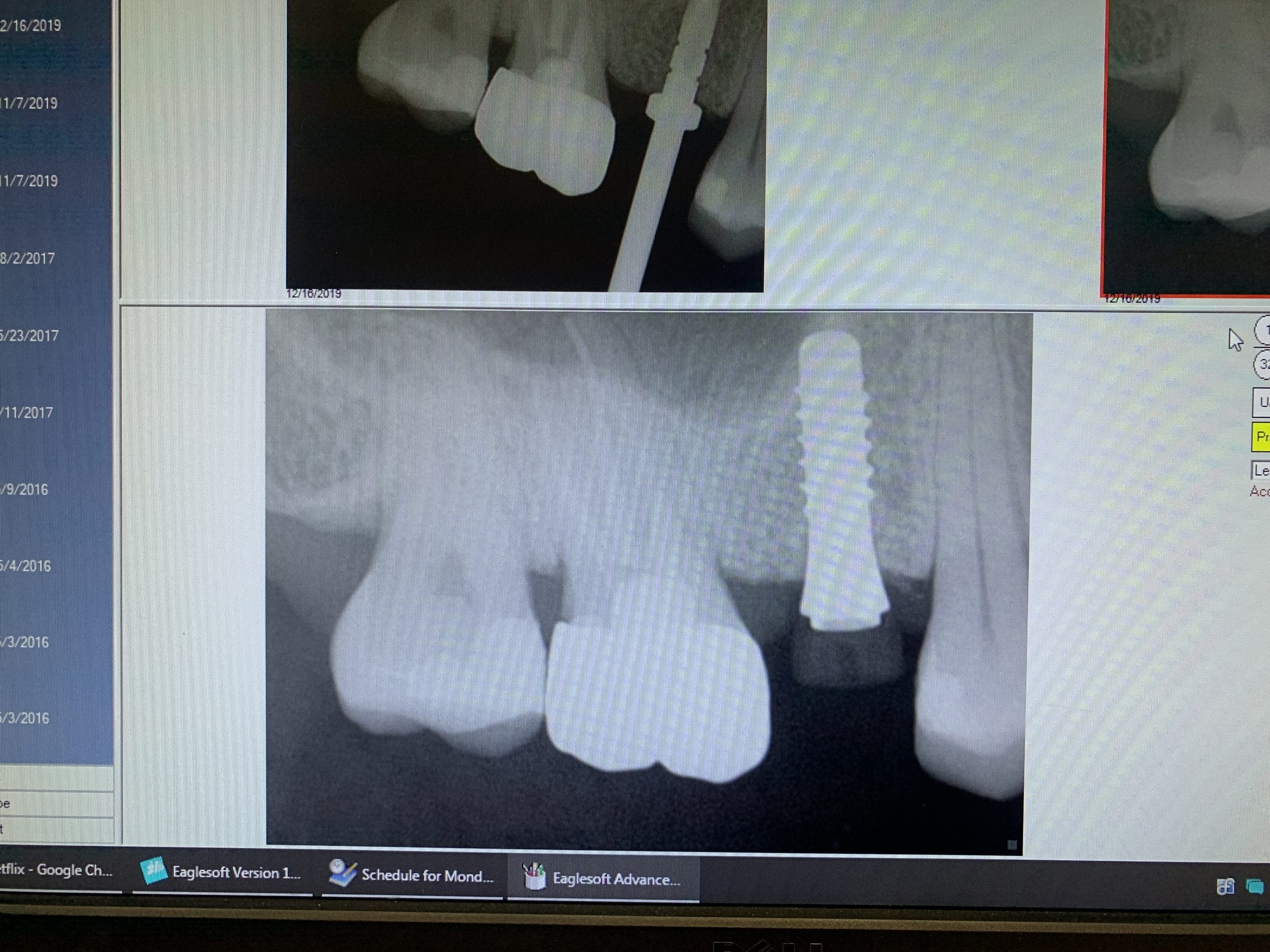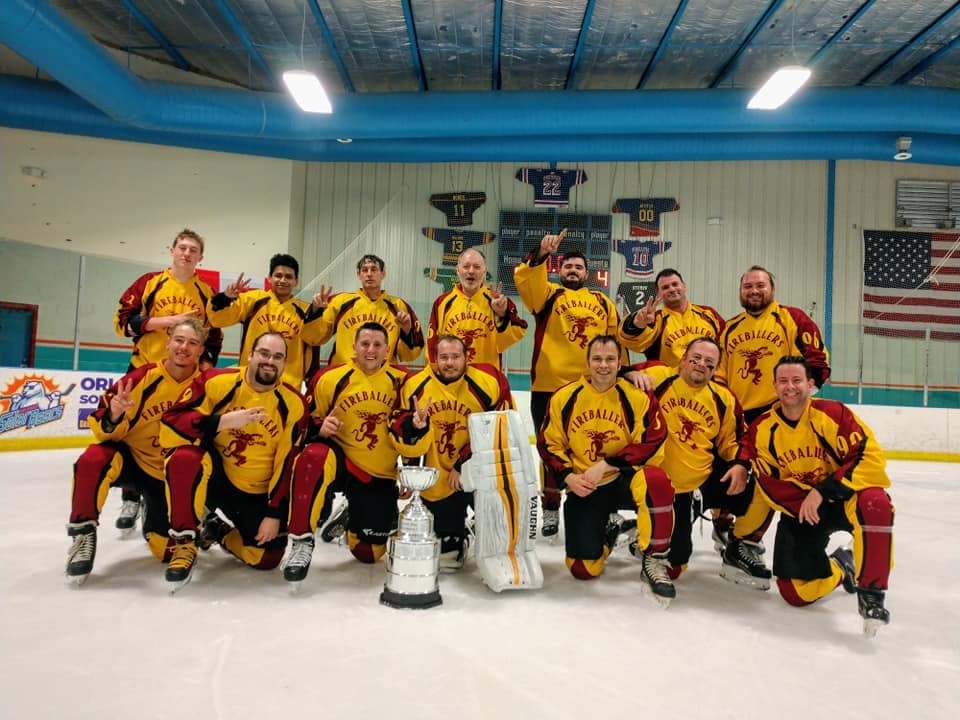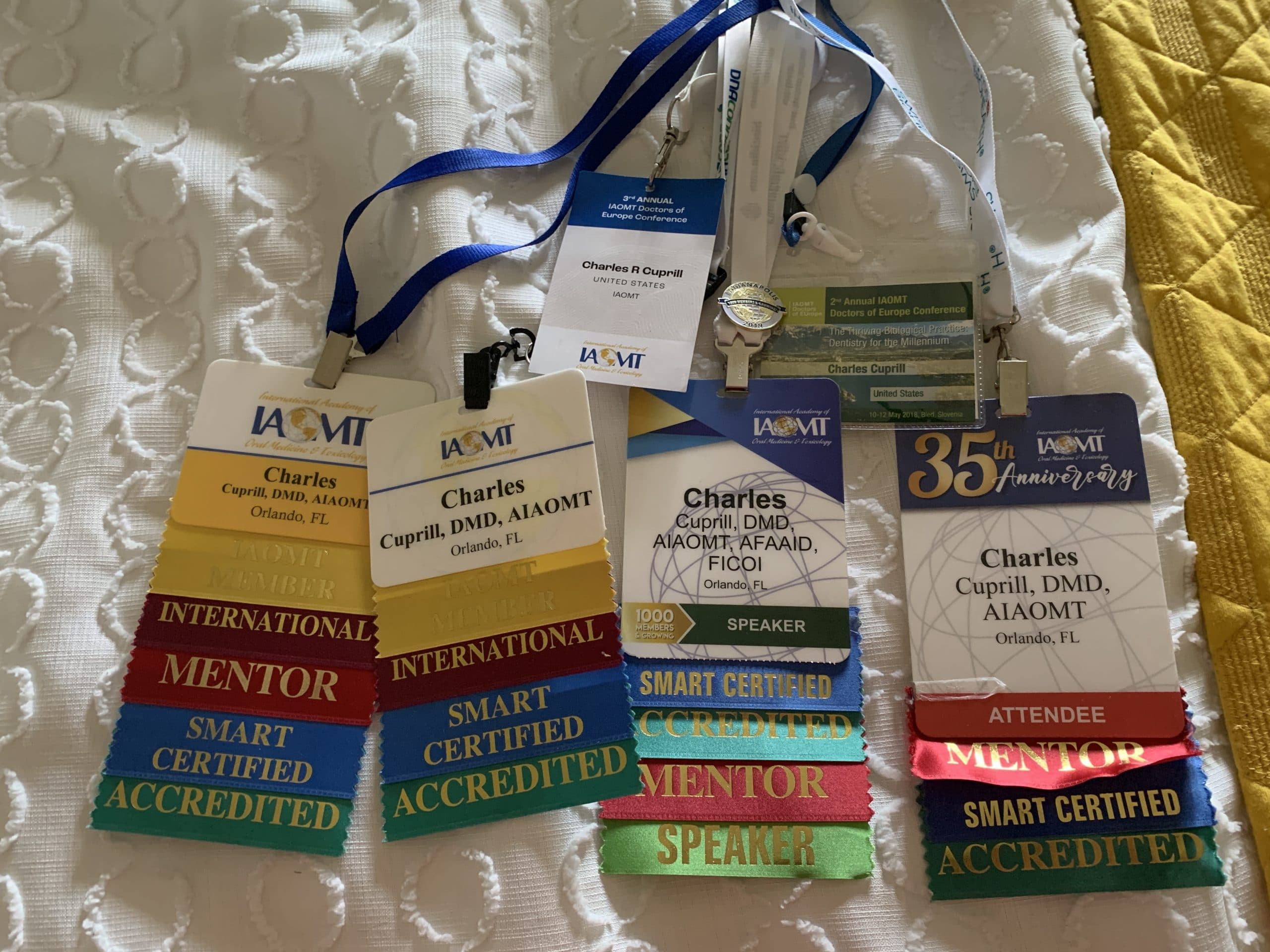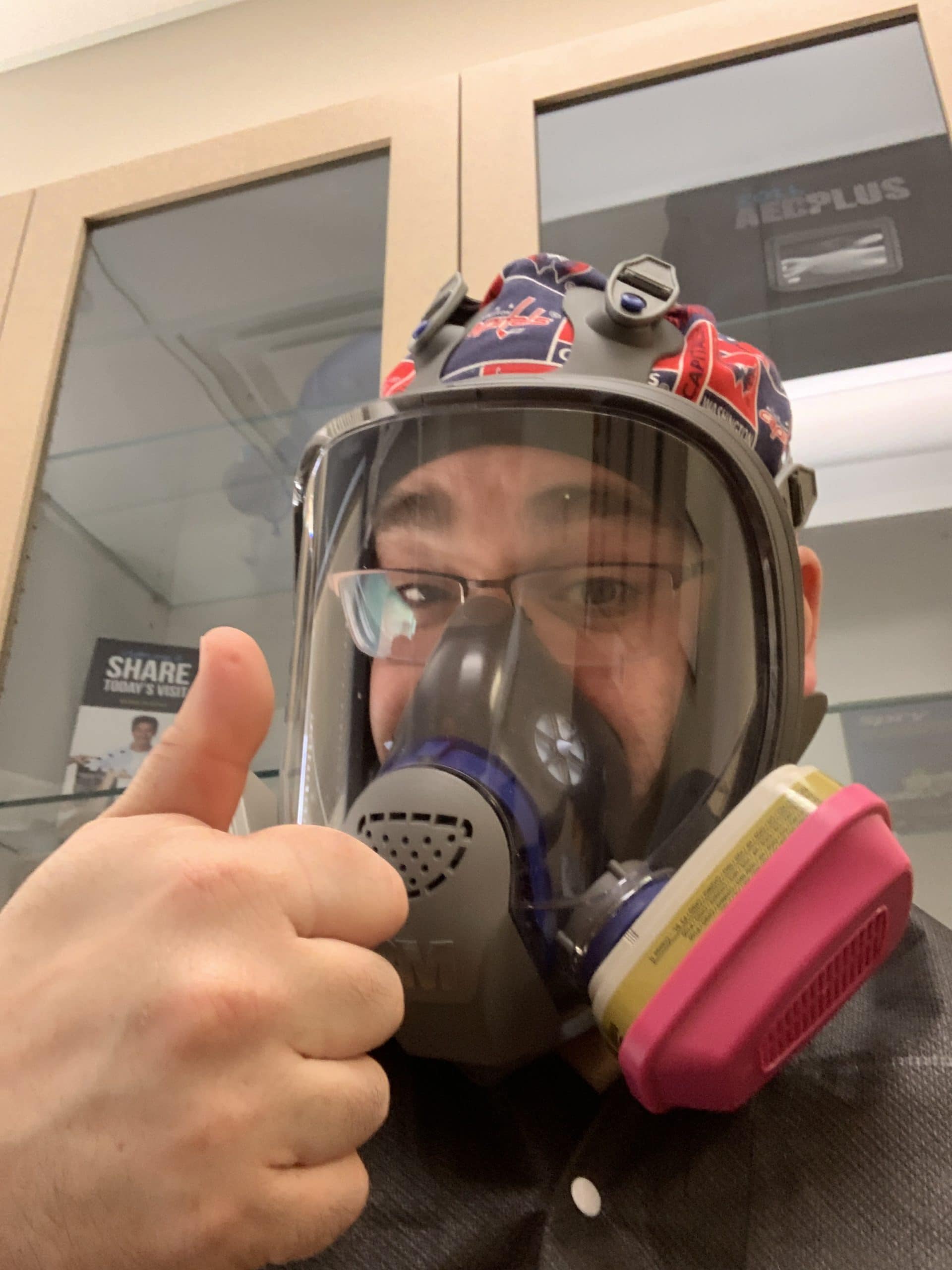Dr. Cuprill did his undergraduate studies at George Mason University in Fairfax, Virginia, after finishing up High School with honors in Puerto Rico. He finished with a Bachelor in Science (BS) in Biology. After completing his undergraduate degree, Dr. Cuprill continued his education at the University of Puerto Rico School of Dentistry, where he received his DMD. After deciding to continue honing his skills further, he enrolled in the General Practice Residency (GPR) program at Brookdale University Hospital & Medical Center in Brooklyn, New York. While in his residency, Dr. Cuprill was chosen to be Chief Resident, and decided to stay for a second year of GPR. Dr. Cuprill then graduated with a Fellowship in Implantology & Biomaterials. This title grants him credentials in the American Academy of Implant Dentistry (AAID), of which a Associate Fellow of the American Academy of Implant Dentistry (AFAAID) was bestowed upon Dr. Cuprill. As of 2015, Dr. Cuprill is also a Fellow of the International College of Oral Implantologists (ICOI).
In the last several years, Dr. Cuprill, has decided to change the direction of his practice and follow a Biological/Holistic model of General Dental practice. This means the General Dental Practice follows a more non toxic, body centric model of dentistry. Attaining SMART (Safe Mercury Amalgam Removal Technique) certification and Accreditted status with the International Academy of Oral Medicine and Toxicology (IAOMT) has allowed the continuation of the path to Biological Dentistry and he now considers himself to be a Biological Dentist. This path is Mercury Free, Mercury Safe, Fluoride Free dentistry.
Dental Implants
Dental implants are designed to provide a foundation for replacement teeth that look, feel and function like natural teeth. The person who has lost teeth regains the ability to eat virtually anything and can smile with confidence, knowing that teeth appear natural and that facial contours will be preserved. The implants are tiny Zirconia posts which are placed into the jawbone where teeth are missing. The bone bonds with the Zirconia, creating a strong foundation for artificial teeth.
Evaluation for Dental Implants
If, like many others, you feel implant dentistry is the choice for you, we ask that you undergo a dental/radiographic examination and health history. During these consultation visits, your specific needs and considerations will be addressed by either Dr. Cuprill or by an Oral and Maxillofacial Surgeon referred by our practice. Your questions and concerns are important to us and our team will work with you very closely to help make your procedure a success.
Dental Ozone
Ozone is among the most misunderstood elements. It is often mistakenly referred to as a pollutant, and many people think it is unhealthy. In fact, the opposite is true. Ozone is a variation of oxygen, which has many therapeutic uses. Itsbenefits have been researched and documented extensively.There also appears to be a healing reaction instituted by the body upon exposure to ozone. This will prove to be a very useful medicine to be used in many different situations by dentists.
Why ozone?
Ozone is a natural substance, which can often take the place of caustic chemicals and invasive techniques.
- Kills infective microorganisms such as bacteria and fungi on contact
- Improves blood flow
- Amplifies immune responses
- Speeds healing and decreases risk of post-surgical infections
The Procedure
We create customized trays, which connect to a machine that directly delivers therapeutic ozone. The upper tray is worn and connected to the machine for about 10-12 minutes, then the process is repeated for the lower tray. The entire procedure takes about 30 minutes.
Your trays are reusable and will be kept here in our office for future use, so you won’t need to have impressions taken every time.

How We Use Ozone
At Orlando Dental & Implant Studio , ozone is used as part of, or an adjunct to, many treatments.
- Decay: cavities exposed to ozone gas will subsequently harden. Sometimes no drilling or filling required. For children, ozone is used before applying dental sealant
- Root Canal: teeth which have been treated with Root Canal Therapy can be further treated with dental ozone to avoid further toxin release or possible reinfection.
- Periodontal (Gum Disease): Ozonated water, oil, and gas are used in combination in the office and at home to kill the bacteria responsible for gum disease.
Dr. David recommends ozone therapy along with teeth cleaning, to maintain optimal oral health - Infections of the jaw: failed root canals, cavitations (osteonecrotic lesions), or even failed implants can often times be healed by injecting ozone into the area. Tooth extractions and jaw surgeries may well be avoided!


